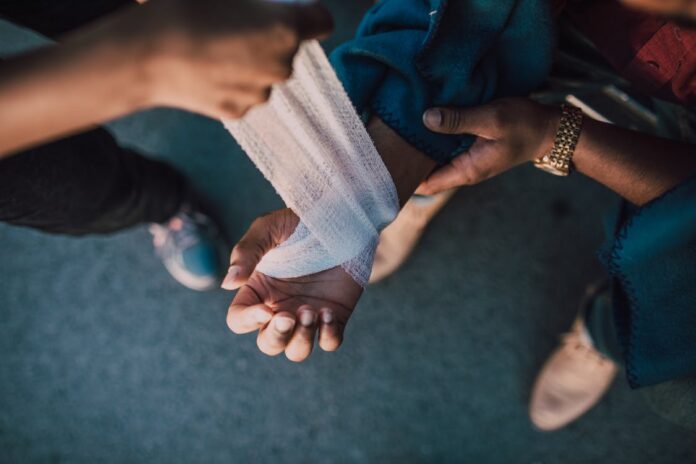
First aid is the immediate assistance given to someone who has been injured or is suddenly taken ill. It involves providing essential care until professional medical help arrives.
Learning first aid and obtaining certification is a vital skill that can make a life-saving difference during emergencies.
Whether it’s a minor injury or a critical situation, having the knowledge and confidence to respond effectively can be the difference between life and death.
The Prevalence of Accidents and Emergencies
Accidents and emergencies are an unfortunate reality of daily life. Statistics reveal that accidents occur frequently, both at home and in public spaces.
From household mishaps to road accidents, the unpredictability of life demands that we stay prepared to respond effectively.
Learning first aid equips us with the necessary skills to handle these situations confidently, reducing the impact of injuries and increasing the chances of survival.
Immediate Response Matters
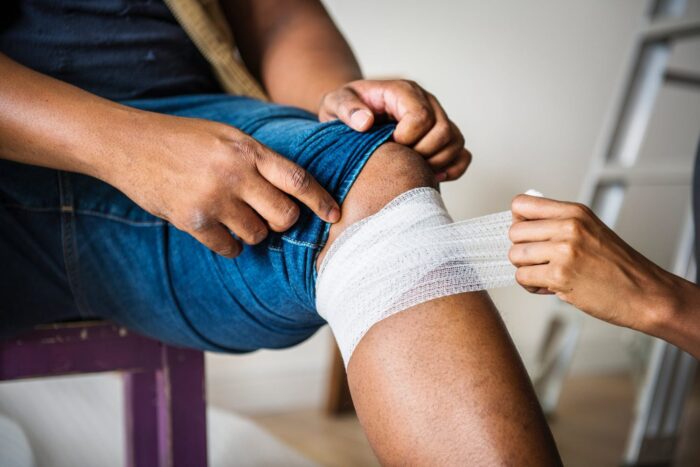
During emergencies, time is of the essence. Immediate response can be critical in preventing further harm and saving lives. First aid training emphasizes the importance of acting quickly and efficiently, even before professional help arrives.
Simple techniques like performing CPR or controlling bleeding can be the decisive factor in someone’s survival. By learning first aid, individuals become the first line of defense in an emergency.
Essential First Aid Techniques
CPR (Cardiopulmonary Resuscitation): CPR is a fundamental life-saving technique that is used to restore breathing and circulation in someone experiencing cardiac arrest. Knowing how to perform CPR can double or even triple a person’s chances of survival during a cardiac emergency.
Heimlich maneuver: This technique is employed to dislodge an object stuck in a person’s airway, preventing choking. Quick and correct application can be crucial in preventing a life-threatening situation.
Treating cuts, burns, and fractures: Basic wound care is essential to prevent infection and further complications. Learning how to clean, dress, and immobilize injuries can expedite healing.
Basic wound care: Understanding how to clean, dress, and immobilize injuries can expedite healing and prevent infection.
Managing Severe Bleeding: In severe bleeding cases, act quickly. Apply firm pressure on the wound with a clean cloth or your hand. This helps slow the bleeding and encourages clotting. If bleeding continues, use dressings or bandages while maintaining pressure. Elevate the injury if possible to reduce blood flow. Act fast and keep pressure until medical help arrives. Quick action is vital to prevent shock and improve outcomes. Having a first aid certificate can give you the confidence to respond effectively in such situations.
Shock Management: Shock, often following severe injury, requires immediate attention. Look for signs like rapid pulse, shallow breathing, and confusion. Lay the person down, raise their legs to improve blood flow to the heart, and keep them warm. Reassure them while waiting for medical help. Quick recognition and initial management are crucial for recovery. Always seek professional medical assistance for shock.
First Aid for Specific Situations
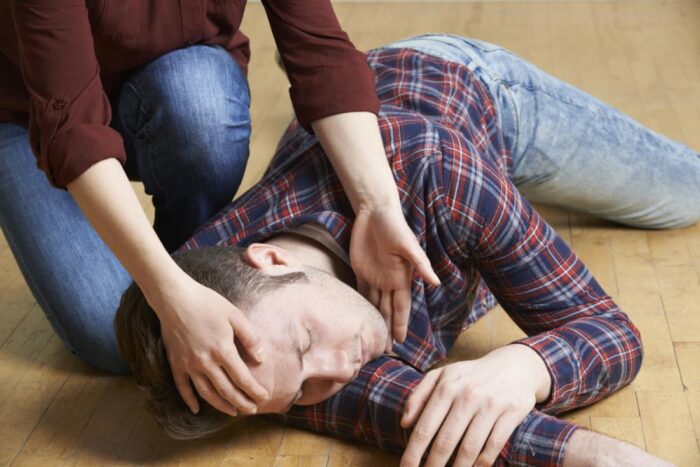
Choking can occur due to various reasons, such as swallowing large food pieces or small objects. Knowing the right technique to dislodge the obstruction can save a life.
The Heimlich maneuver, a forceful abdominal thrust, is the primary method used to clear the airway. However, it’s essential to apply the technique correctly, especially when assisting infants or pregnant individuals.
Recognizing the symptoms of a heart attack or stroke is crucial for immediate intervention. Chest pain, shortness of breath, and pain radiating to the arm or jaw are common signs of a heart attack.
For strokes, sudden numbness, weakness, or difficulty speaking are telltale indicators. Quick action, such as calling emergency services and providing aspirin during a heart attack, can minimize damage and improve the chances of recovery.
Similarly, calling for help and maintaining a calm environment during a stroke can support the individual until professional assistance arrives. To learn more please visit https://cprcertificationnow.com/products/first-aid-certification.
Responding quickly to electrical injuries and burns is vital to prevent further harm and reduce the risk of complications. In case of electrical shocks, ensuring the safety of both the victim and rescuer is essential.
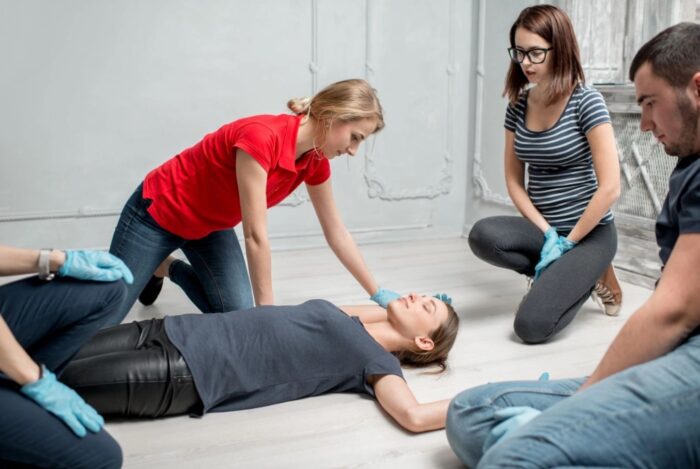
Turning off the power source and administering CPR if needed can be life-saving. For burns, cooling the affected area with running water for at least 10 minutes can alleviate pain and minimize tissue damage before seeking medical attention.
Anaphylactic reactions can be life-threatening, often occurring due to severe allergies to certain foods, insect stings, or medications. Recognizing the signs, which may include difficulty breathing, swelling of the face and throat, and a drop in blood pressure, is crucial.
Administering epinephrine through an auto-injector immediately is the most critical step in managing anaphylaxis.
People with known severe allergies should always carry an epinephrine auto-injector with them and ensure their close contacts know how to use it in case of an emergency.
Building Confidence and Reducing Panic
Learning first aid instills confidence in individuals, enabling them to respond effectively during emergencies instead of feeling helpless. With the knowledge of what to do and how to act, first aiders can approach emergencies calmly and make rational decisions under pressure.
This newfound confidence not only benefits the responder but also reassures the injured or ill individual, creating a more supportive and reassuring environment.
First aid training includes techniques to manage stress and panic, enabling a focused and calm response when faced with critical situations.
Techniques like deep breathing, mental rehearsal, and positive self-talk help first aiders maintain their composure, think clearly, and carry out necessary actions in an organized manner.
By keeping stress at bay, they can prioritize tasks, assess the situation accurately, and provide the most appropriate care.
First Aid Kits and Their Importance
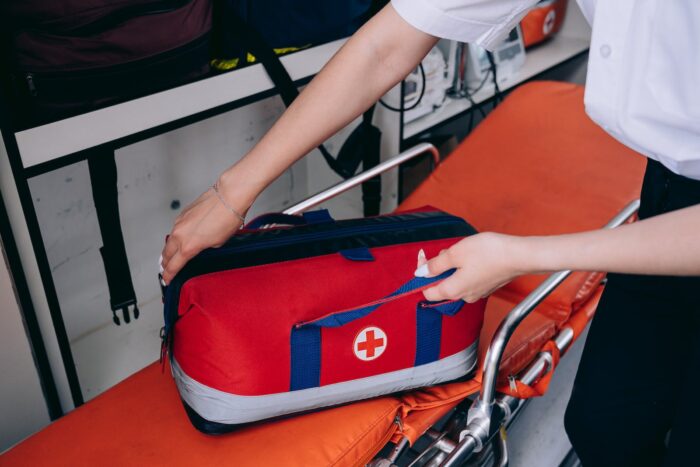
A well-prepared first aid kit should contain bandages, adhesive tape, antiseptic wipes, scissors, CPR masks, and other essentials. Additional items may include pain relievers, splints, instant cold packs, and emergency contact information.
Having a comprehensive first aid kit ensures that responders have the necessary tools at their disposal to manage various injuries and medical conditions effectively.
First Aid Training and Certification
Numerous organizations offer first aid training courses that cater to various skill levels and requirements. Basic first aid courses cover essential skills like CPR, wound care, and choking management.
Advanced courses, such as Wilderness First Aid or Advanced Cardiac Life Support, are available for those seeking more comprehensive training. Online courses, hands-on workshops, and classroom-based training provide flexibility for learners to choose the most suitable format for their needs.
First Aid in the Workplace
Many countries mandate certain workplace safety standards that include having trained first aiders. The number of required first aiders often depends on the size of the workforce and the nature of the workplace hazards.
Companies are legally obligated to provide first aid training and ensure that trained personnel are available during working hours.
Complying with these regulations not only ensures compliance with the law but also fosters a safer work environment and reduces the impact of accidents on employees.
First Aid for Children and Parents

Children are susceptible to injuries, and parents with first aid knowledge can respond promptly and appropriately. Young children, in particular, may be unable to communicate their discomfort or injuries clearly.
By learning first aid techniques, parents can quickly address common childhood injuries like cuts, bruises, and minor burns. Additionally, being prepared for more severe incidents like choking or allergic reactions ensures parents can provide critical care in emergencies.
Community Awareness and First Responders
Encouraging first aid knowledge and training within communities can have a cascading effect, resulting in a safer society.
Community-based first aid training initiatives, workshops, and seminars promote the idea that everyone can be a potential first responder.
As more individuals become equipped with life-saving skills, the chances of immediate assistance during emergencies increase significantly, potentially saving countless lives.
















